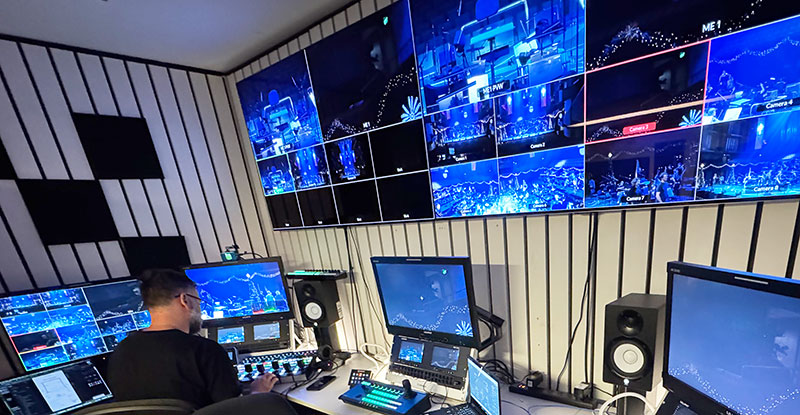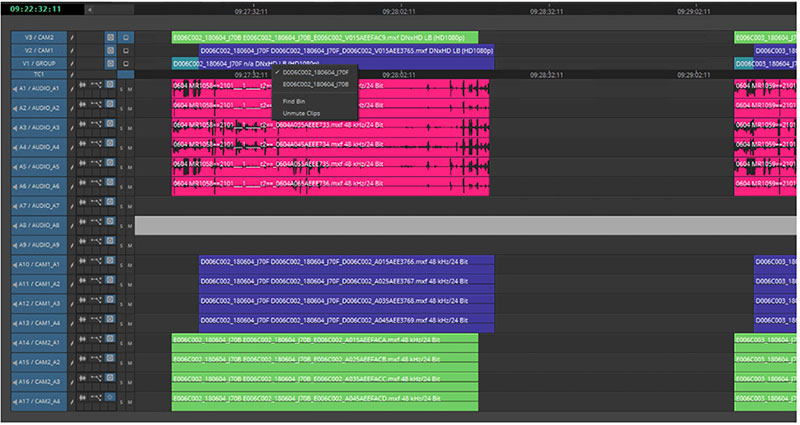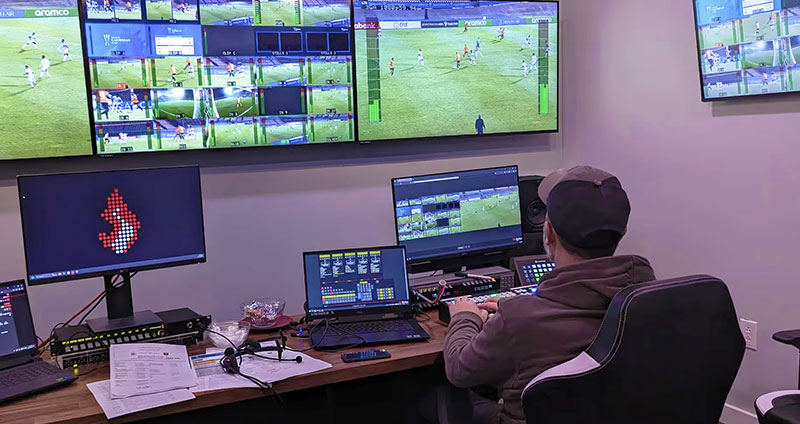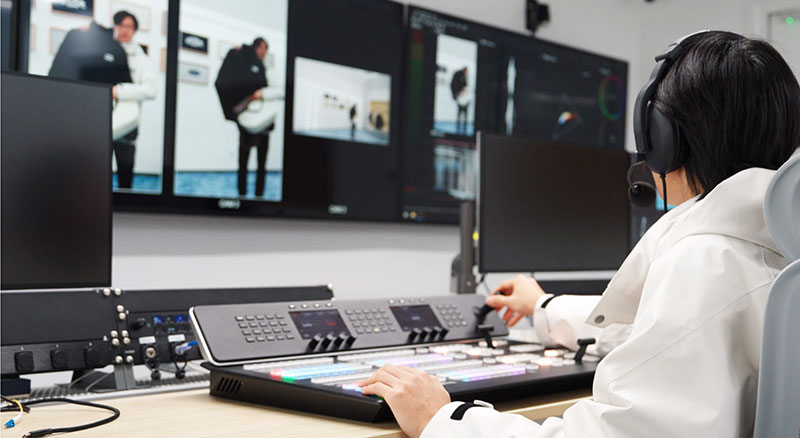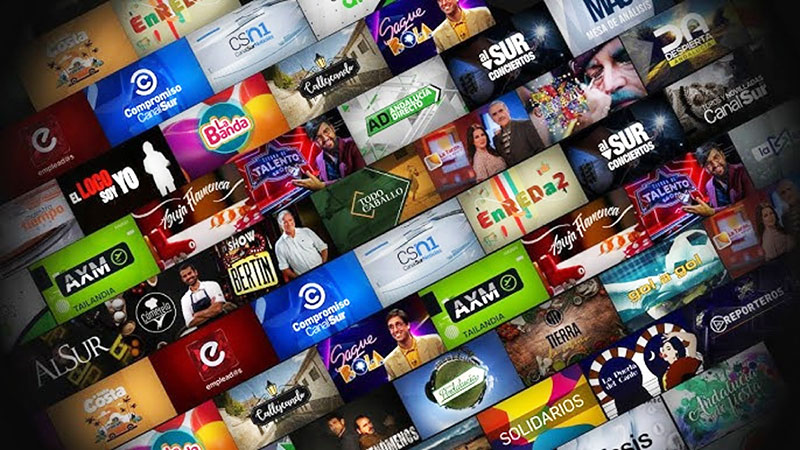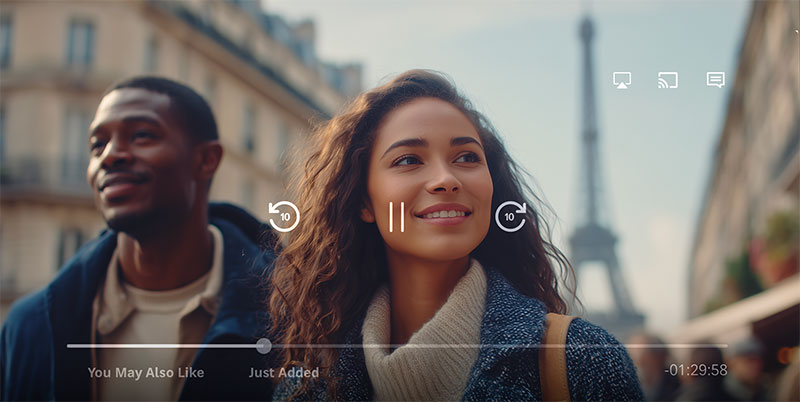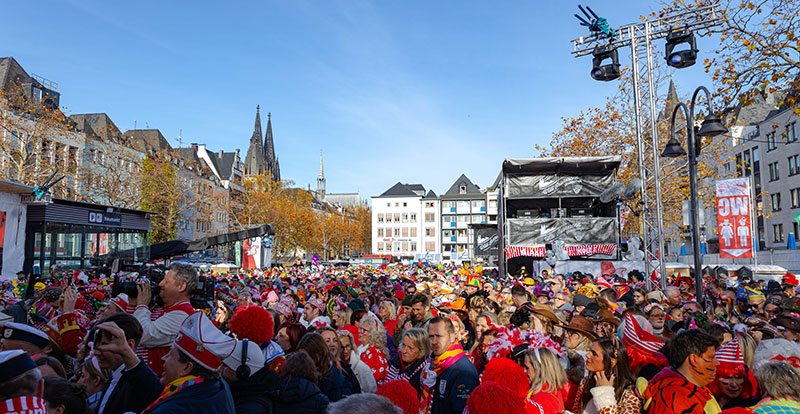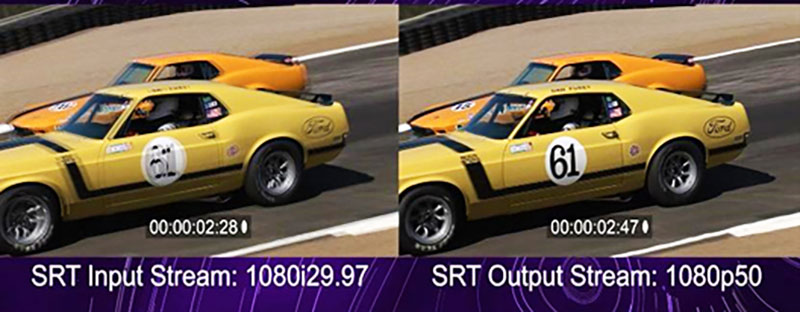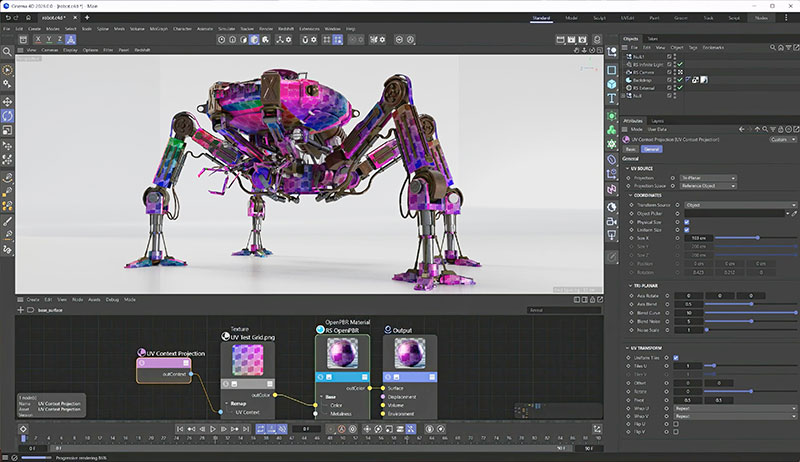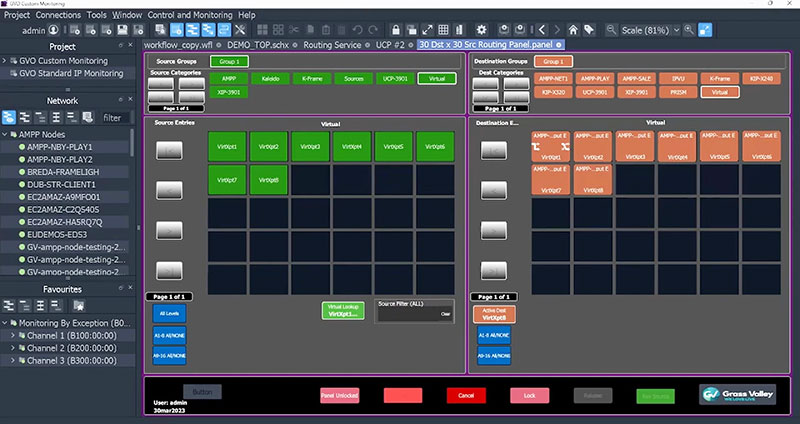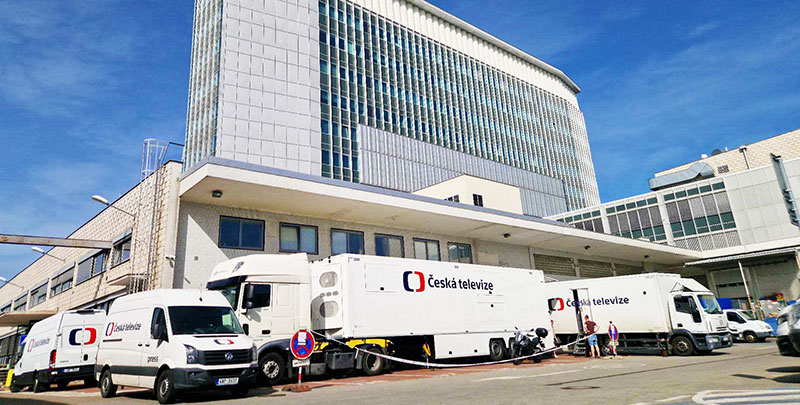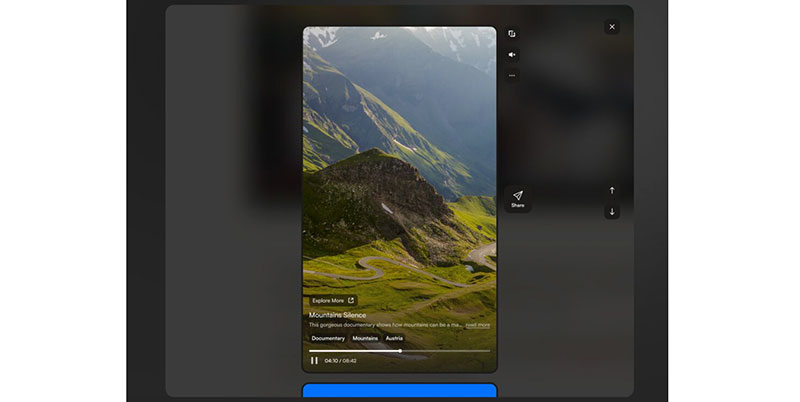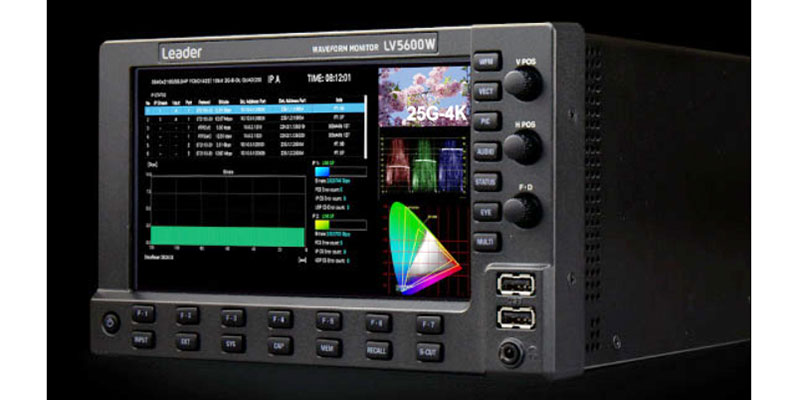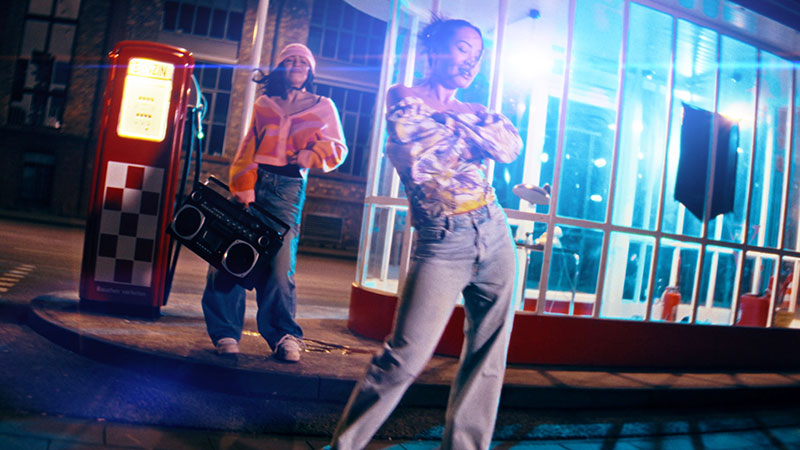Vizrt's Viz Engine compositor and renderer v5.4 includes adaptive design, HDR support and simultaneous outputs to reduce the cost and complexity of multi-platform video production.
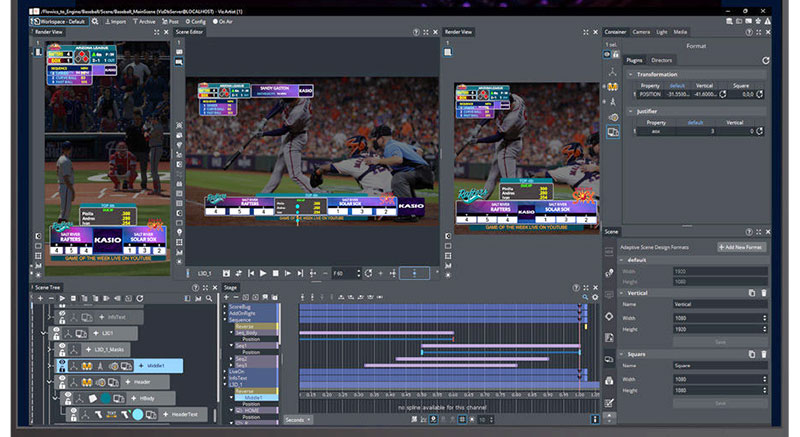
Adaptive graphics in Viz Engine 5.4
Because viewers expect the same quality of experience whether they are watching on TV, streaming on mobile, or looking at social media, it’s now more important for competitive multi-platform producers to be able to create content once, adapt it automatically and publish it as widely as possible. According to Vizrt, avoiding duplication of work and sidestepping the need to work between multiple systems have become critical production factors.
The company’s new Viz Engine 5.4 compositor and renderer update addresses the challenge by reducing production complexity and costs, resulting in more time for teams to focus on storytelling.
Parallel Output Generation
For example, now that productions often extend across extremes in resolution including stadium-wide LED walls and immersive studio backdrops, producers may find they are driving visuals on a spectacular scale – up to 8K now, while preparing for 16K in the near future – as well as smaller, consumer-scale screens. Users can now work on multi-scale projects from a single Viz Engine and fibre connection without converters or adapters.
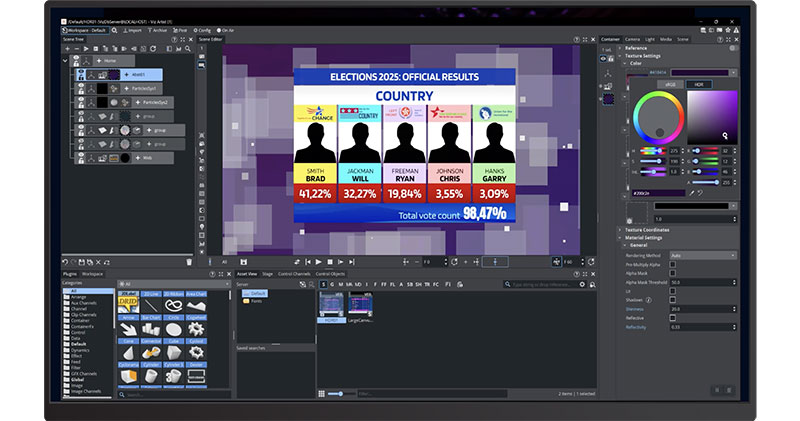
HDR pipeline
Rebuilding the same graphic for each channel served is also unnecessary. With adaptive graphics that shift to variable aspect ratios – and transitions that remain smooth – one design can now reach broadcasts, OTT programming and social streamers simultaneously. Teams have less duplication to manage, and viewers remain unaware of disruption.
This means that primetime TV feeds, sports apps or a social livestream can all be generated through Viz Engine 5.4 in parallel. Because multiple formats run side-by-side in one workflow, content providers have an opportunity to expand their reach – and potentially revenue – without significantly increasing the workload.
Scene-Level HDR Control
Viz Engine also preserves the HDR created natively in Viz Artist. Consequently, the audience will see the same dynamic range with the same look in stadiums, on TV sets or on phone screens. Because graphics teams have scene-level control over colour vibrance, they can work faster and have more confidence about the consistency and quality they are delivering – especially when this feature is combined with the NDI transport protocol above version 6.1, which has HDR support.
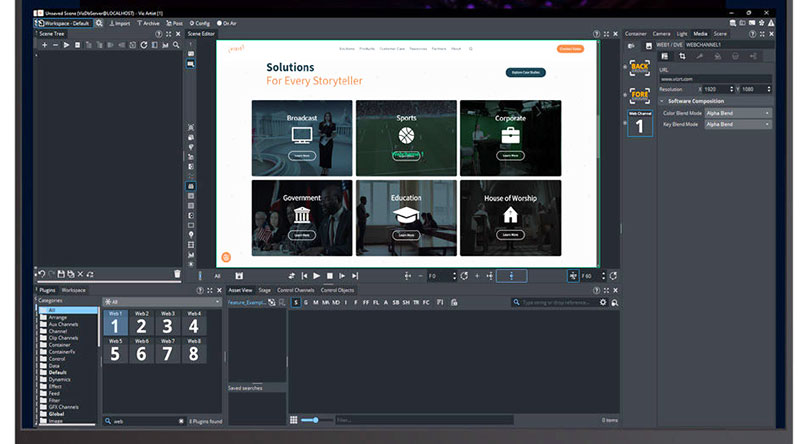
Using web graphics in Viz Engine
HTML 5 Integration
Live sports, election and polling data can be pulled directly from the web into graphics and on-air in a few seconds due to Viz Engine 5.4’s HTML5 integration. Producers can create more relevant, interactive broadcasts that are more likely to keep viewers watching.
Other improvements to Viz Engine 5.4 aim to increase flexibility and creative scope, such as support for Unreal Engine 5.4 and 5.5 for hyper-realistic, detailed virtual set production.
Automated lens calibration shortens setup time without requiring skill in camera settings, and new rendering options such as dynamic geometry and particle instancing, output more ambitious effects that do not slow down performance.
Viz Engine 5.4 is available now and can be seen at IBC2025 on the Vizrt stand. www.vizrt.com
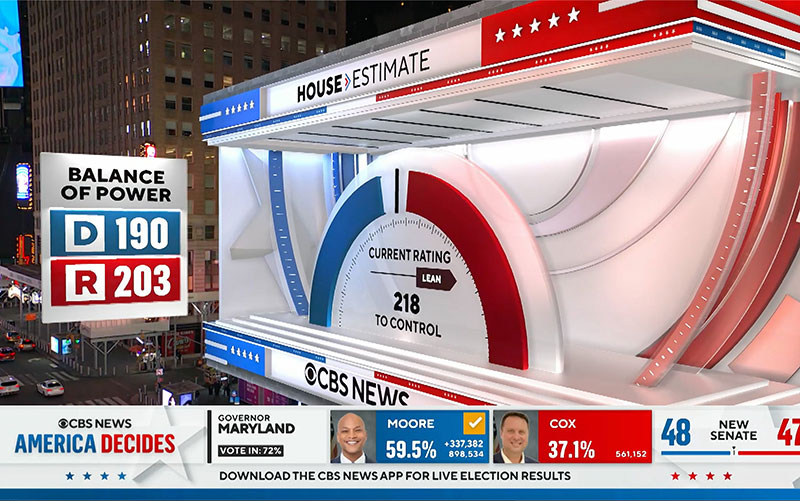
Interactive data integration




